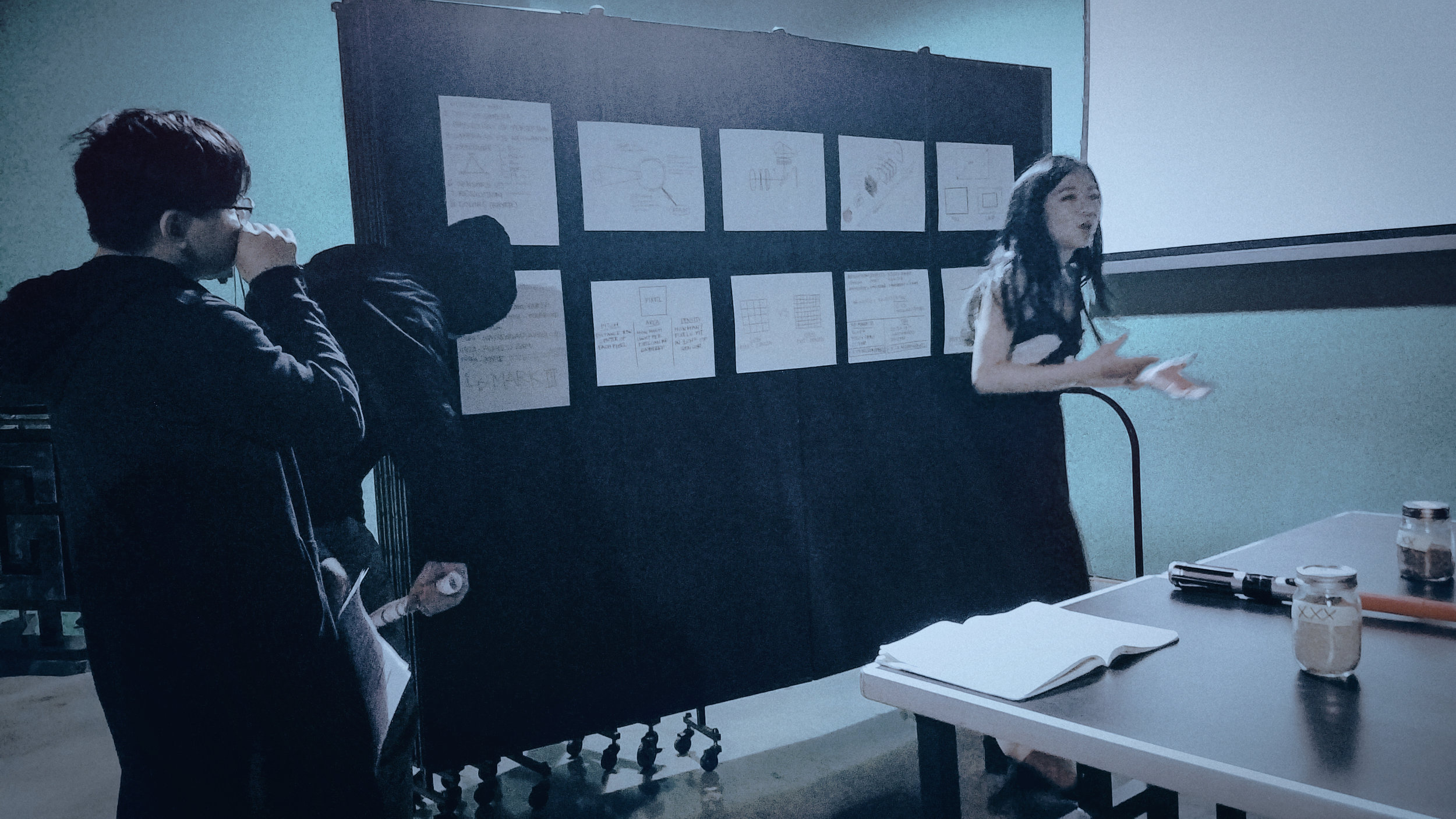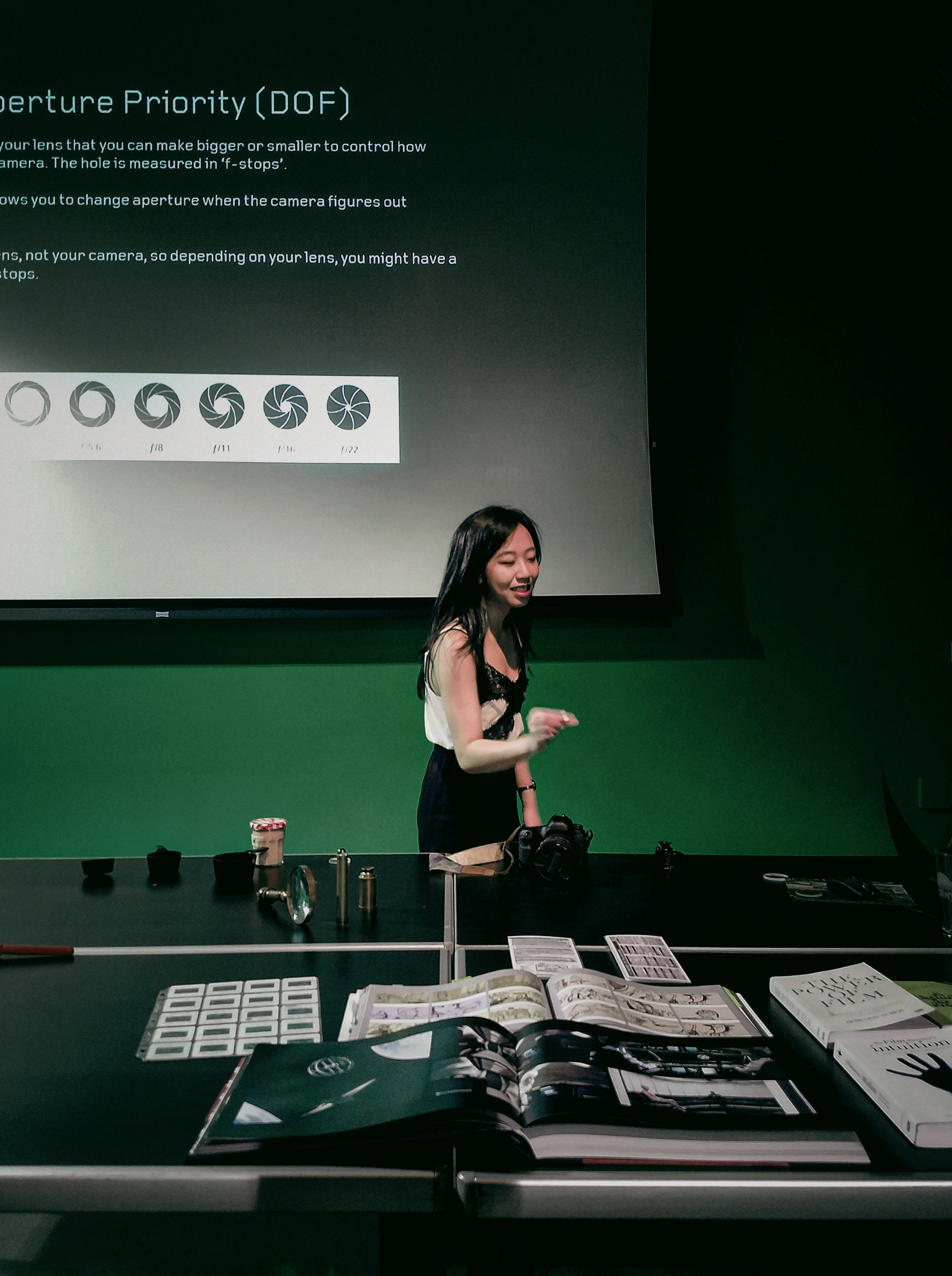I leveled up.


My understanding of cameras and imaging excelled after I went through my first term of working in 3D. Working extensively in Maya and Advance Digital Painting exposed me to being aware of how light and matter work in real life so I can reverse engineer that into creating pixels.
The topics that I am able to cover below in 1.5 hours is a reflection of my growth:
December 2016
- Types of Cameras, Camera Mechanism
- Exposure Triangle and Shooting Modes
- Lens: wide/short/long, filters
- Image sensor: crop factors
- File format: RAW vs JPEG, memory cards
- Gear, resources, tips and tricks: websites, cheatsheets
4 months later
- Physiology of Perception:
- Types of Cameras, Camera Mechanism
- Exposure Triangle and Shooting Modes: talk about video too
- Lens: wide/short/long, optical vs digital, chromatic and spherical aberration, filters
*** Demo: Maya Scene (Camera Attribute Editor)***
- Image sensor: crop factors, CCD vs CMOS, pentaprism vs. pentamirrors
- Resolution: photosites and pixels (pitch/area/density)
- File format: RAW vs JPEG, bit depth and dynamic range, metadata, memory cards
- Gear, resources, tips and tricks: websites, cheatsheets
I was preparing for a full day workshop along side this with school that week. I couldn't find time to polish the additions to my powerpoint so I improvised with my teaching materials. The hands on optics demo with kitchenware was a success. The papers, not so much.


